Filter News
Area of Research
- (-) National Security (2)
- (-) Supercomputing (22)
- Advanced Manufacturing (2)
- Biological Systems (1)
- Clean Energy (50)
- Climate and Environmental Systems (2)
- Fossil Energy (1)
- Fusion and Fission (1)
- Isotopes (1)
- Materials (44)
- Neutron Science (16)
- Nuclear Science and Technology (7)
- Renewable Energy (2)
- Transportation Systems (1)
News Topics
Media Contacts
ORNL drone and geospatial team becomes first to map the Coca River in the Amazon basin as erosion and sediment threaten Ecuador’s lands.

Jack Orebaugh, a forensic anthropology major at the University of Tennessee, Knoxville, has a big heart for families with missing loved ones. When someone disappears in an area of dense vegetation, search and recovery efforts can be difficult, especially when a missing person’s last location is unknown. Recognizing the agony of not knowing what happened to a family or friend, Orebaugh decided to use his internship at the Department of Energy’s Oak Ridge National Laboratory to find better ways to search for lost and deceased people using cameras and drones.
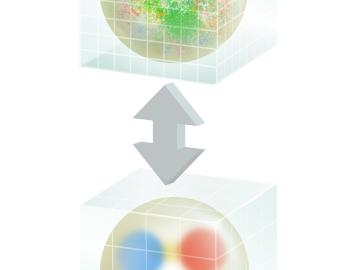
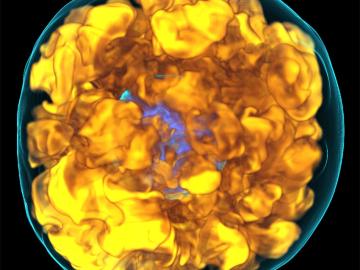
The U.S. Department of Energy’s Office of Science announced 55 projects with high potential for accelerating discovery through its Innovative and Novel Computational Impact on Theory and Experiment (INCITE) program. These awards allocate the multi-petascale computing resources at Argonne and Oak Ridge National Laboratories, two of America’s most powerful supercomputers dedicated to open science.
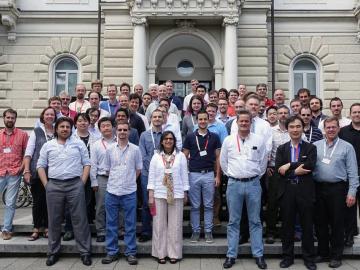
Leaders in hybrid accelerated high-performance computing (HPC) in the United States (U.S.), Japan, and Switzerland have signed a memorandum of understanding (MOU) establishing an international institute dedicated to common goals
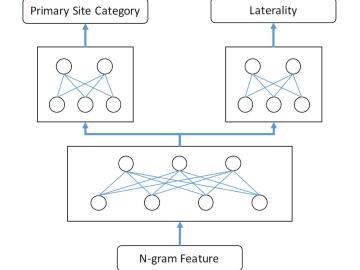
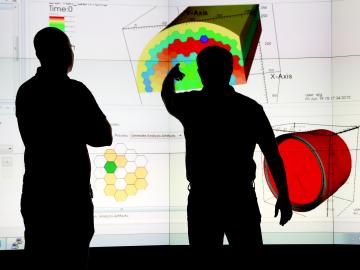
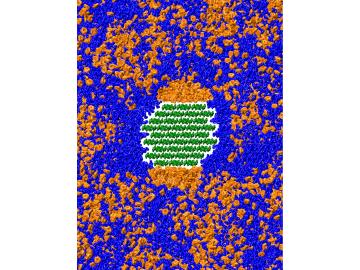
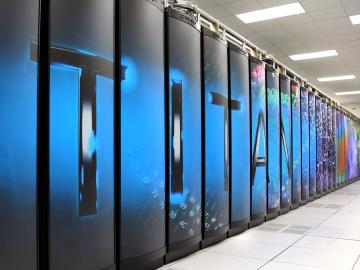
The Department of Energy’s Oak Ridge National Laboratory will add its computational know-how to the battle against cancer through several new projects recently announced at the White House Cancer Moonshot Summit.
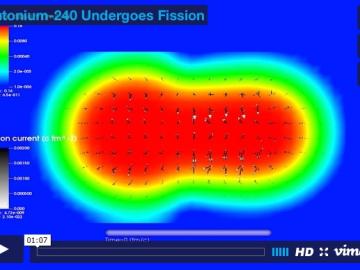
While trying to fatten the atom in 1938, German chemist Otto Hahn accidentally split it instead. This surprising discovery put modern science on the fast track to the atomic age and to the realization of technologies with profound potential for great harm or great help. Altho...




